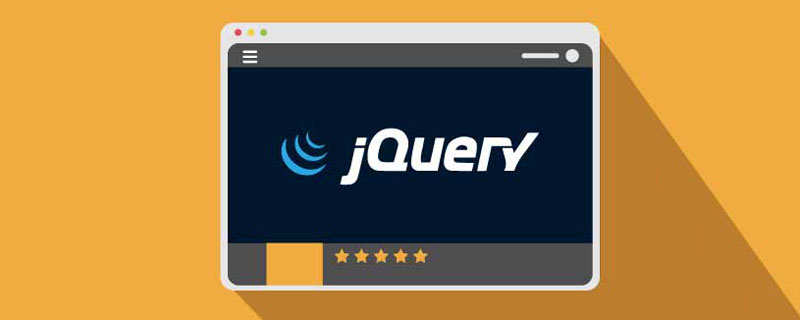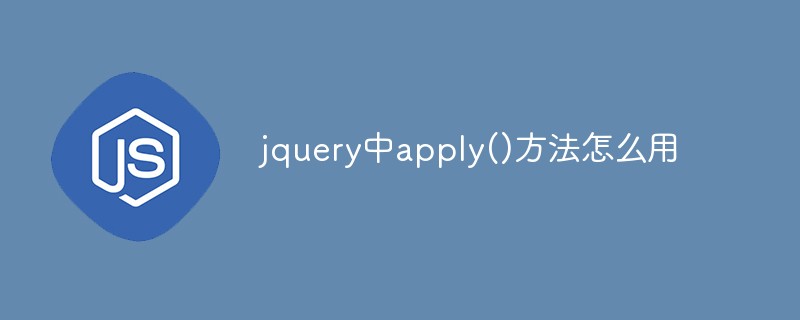The tab function is often used in website development. In order to save time in writing code, the tab plug-in is encapsulated for easy calling.
Create tab component
Usage: html structure
<div id="tabs">
<ul>
<li><a href="#tabs-1">tab-1</a></li>
<li><a href="#tabs-2">tab-2</a></li>
<li><a href="#tabs-3">tab-3</a></li>
</ul>
<div id="tabs-1">tabs-1-panel</div>
<div id="tabs-2">tabs-2-panel</div>
<div id="tabs-3">tabs-3-panel</div>
</div>
js call
$('#tab').tabs();
Related parameter description:
Initialization parameters
Parameter Default Value Parameter Description
active null sets the index of the selected tab. The default value is null. For example, if the first tab is selected, it is set to 0
event click The switching event of the tab, the default is the click event, you can set mouseover
Add tab parameters
Parameter Default Value Parameter Description
title empty The text displayed on the tab, the default is empty
href empty tab link, if it is static data, fill in the corresponding string (#str), and for remote data, the corresponding url
content Empty The content of the tab is static data. There is no need to fill in the dynamic data
iconCls true tab close button, the default is to display true, otherwise it is false
Demo:
Example 1: Static data:
<div id="tabs">
<ul>
<li><a href="#tabs-1">tab-1</a></li>
<li><a href="#tabs-2">tab-2</a></li>
<li><a href="#tabs-3">tab-3</a></li>
</ul>
<div id="tabs-1">tabs-1-panel</div>
<div id="tabs-2">tabs-2-panel</div>
<div id="tabs-3">tabs-3-panel</div>
</div>
js call:
$('#tabs').tabs();
Example 2: Load the page through remote data and dynamically create the panel,
<div id="tabs">
<ul>
<li><a href="#tabs-1">tab-1</a></li>
<li><a href="index.jsp">tab-2</a></li>
<li><a href="index.html">tab-3</a></li>
</ul>
<div id="tabs-1">tabs-1-panel</div>
</div>
js call:
$('#tabs').tabs();
Example 3: Pass in parameters and set the tab switching event to mouseover
<div id="tabs">
<ul>
<li><a href="#tabs-1">tab-1</a></li>
<li><a href="index.jsp">tab-2</a></li>
<li><a href="index.html">tab-3</a></li>
</ul>
<div id="tabs-1">tabs-1-panel</div>
</div>
js call:
$('#tabs').tabs({event:'mouseover'});
Example 4: Add tab:
<div id="tabs">
<ul>
<li><a href="#tabs-1">tab-1</a></li>
<li><a href="index.jsp">tab-2</a></li>
<li><a href="index.html">tab-3</a></li>
</ul>
<div id="tabs-1">tabs-1-panel</div>
</div>
js call:
$('#tabs').tabs();
var tabCount =4;
function addTab(){
tab.tabs('add',{
title:'tab-'+tabCount+'',
href:'#tab-'+tabCount+'',
content:'Tab----'+tabCount+'',
iconCls:true
});
tabCount++;
}
Summary:
Through different Id calls, you can create different tab structures, and the styles can be customized by id.
I am not talented. Welcome all the experts to give me advice....
Demo download address: MyUI-tabs
The above is the entire content of this article, I hope you all like it.
 jquery实现多少秒后隐藏图片Apr 20, 2022 pm 05:33 PM
jquery实现多少秒后隐藏图片Apr 20, 2022 pm 05:33 PM实现方法:1、用“$("img").delay(毫秒数).fadeOut()”语句,delay()设置延迟秒数;2、用“setTimeout(function(){ $("img").hide(); },毫秒值);”语句,通过定时器来延迟。
 axios与jquery的区别是什么Apr 20, 2022 pm 06:18 PM
axios与jquery的区别是什么Apr 20, 2022 pm 06:18 PM区别:1、axios是一个异步请求框架,用于封装底层的XMLHttpRequest,而jquery是一个JavaScript库,只是顺便封装了dom操作;2、axios是基于承诺对象的,可以用承诺对象中的方法,而jquery不基于承诺对象。
 jquery怎么修改min-height样式Apr 20, 2022 pm 12:19 PM
jquery怎么修改min-height样式Apr 20, 2022 pm 12:19 PM修改方法:1、用css()设置新样式,语法“$(元素).css("min-height","新值")”;2、用attr(),通过设置style属性来添加新样式,语法“$(元素).attr("style","min-height:新值")”。
 jquery怎么在body中增加元素Apr 22, 2022 am 11:13 AM
jquery怎么在body中增加元素Apr 22, 2022 am 11:13 AM增加元素的方法:1、用append(),语法“$("body").append(新元素)”,可向body内部的末尾处增加元素;2、用prepend(),语法“$("body").prepend(新元素)”,可向body内部的开始处增加元素。
 jquery中apply()方法怎么用Apr 24, 2022 pm 05:35 PM
jquery中apply()方法怎么用Apr 24, 2022 pm 05:35 PM在jquery中,apply()方法用于改变this指向,使用另一个对象替换当前对象,是应用某一对象的一个方法,语法为“apply(thisobj,[argarray])”;参数argarray表示的是以数组的形式进行传递。
 jquery怎么删除div内所有子元素Apr 21, 2022 pm 07:08 PM
jquery怎么删除div内所有子元素Apr 21, 2022 pm 07:08 PM删除方法:1、用empty(),语法“$("div").empty();”,可删除所有子节点和内容;2、用children()和remove(),语法“$("div").children().remove();”,只删除子元素,不删除内容。
 jquery怎么去掉只读属性Apr 20, 2022 pm 07:55 PM
jquery怎么去掉只读属性Apr 20, 2022 pm 07:55 PM去掉方法:1、用“$(selector).removeAttr("readonly")”语句删除readonly属性;2、用“$(selector).attr("readonly",false)”将readonly属性的值设置为false。
 jquery on()有几个参数Apr 21, 2022 am 11:29 AM
jquery on()有几个参数Apr 21, 2022 am 11:29 AMon()方法有4个参数:1、第一个参数不可省略,规定要从被选元素添加的一个或多个事件或命名空间;2、第二个参数可省略,规定元素的事件处理程序;3、第三个参数可省略,规定传递到函数的额外数据;4、第四个参数可省略,规定当事件发生时运行的函数。


Hot AI Tools

Undresser.AI Undress
AI-powered app for creating realistic nude photos

AI Clothes Remover
Online AI tool for removing clothes from photos.

Undress AI Tool
Undress images for free

Clothoff.io
AI clothes remover

AI Hentai Generator
Generate AI Hentai for free.

Hot Article

Hot Tools

VSCode Windows 64-bit Download
A free and powerful IDE editor launched by Microsoft

SublimeText3 Mac version
God-level code editing software (SublimeText3)

EditPlus Chinese cracked version
Small size, syntax highlighting, does not support code prompt function

MantisBT
Mantis is an easy-to-deploy web-based defect tracking tool designed to aid in product defect tracking. It requires PHP, MySQL and a web server. Check out our demo and hosting services.

mPDF
mPDF is a PHP library that can generate PDF files from UTF-8 encoded HTML. The original author, Ian Back, wrote mPDF to output PDF files "on the fly" from his website and handle different languages. It is slower than original scripts like HTML2FPDF and produces larger files when using Unicode fonts, but supports CSS styles etc. and has a lot of enhancements. Supports almost all languages, including RTL (Arabic and Hebrew) and CJK (Chinese, Japanese and Korean). Supports nested block-level elements (such as P, DIV),






